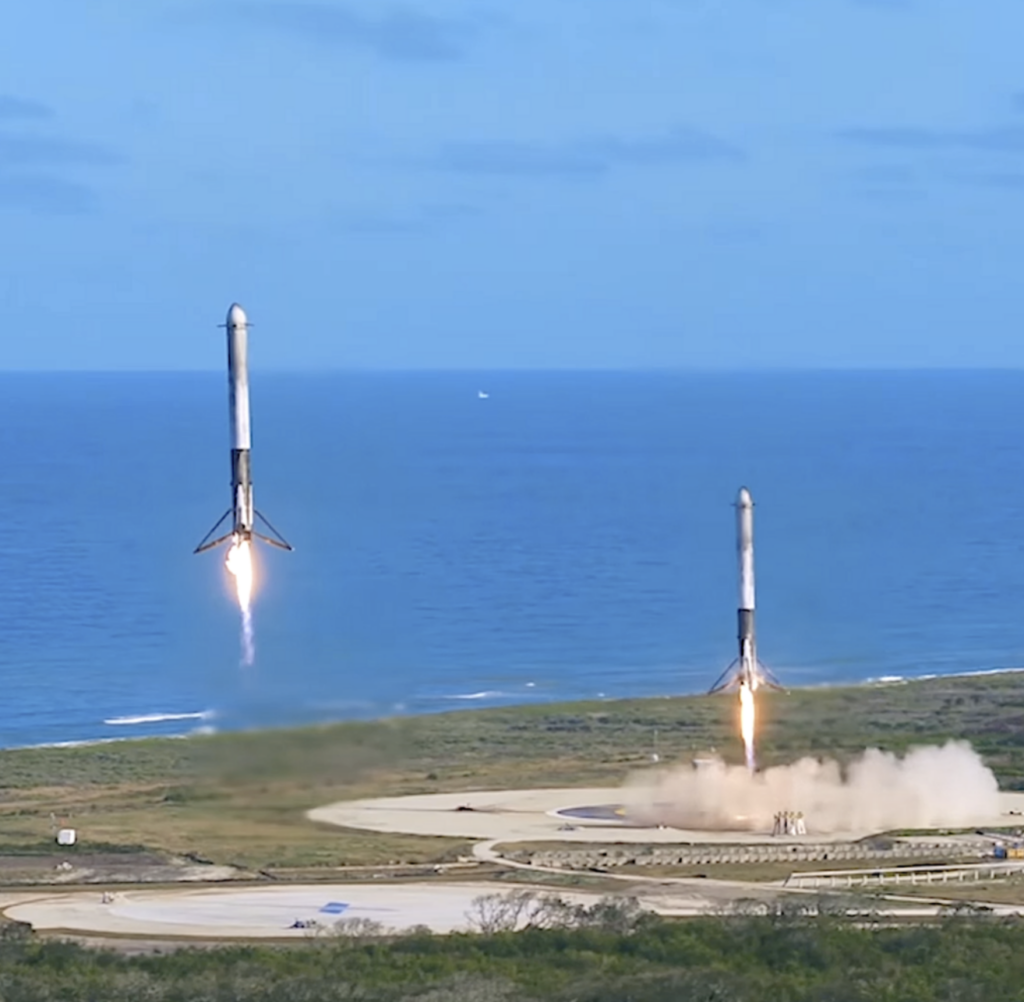
Forty seconds before liftoff on Friday, July 14, SpaceX scrubbed the Starlink 5-15 mission at Cape Canaveral Space Force Station. No reason for the scrub was immediately given by SpaceX. The next opportunity for launch is Saturday, July 15, at 12:15 a.m. EDT.
SpaceX is targeting Friday, July 14 at 12:40 a.m. ET (4:40 UTC) for a Falcon 9 launch of 54 Starlink satellites to low-Earth orbit from Space Launch Complex 40 (SLC-40) at Cape Canaveral Space Force Base in Florida. If needed, a backup opportunity is available on Saturday, July 15 at 12:15 a.m. (4:15 UTC).
This is the 16th flight for the first stage booster supporting this mission, which previously launched GPS III-3, Turksat 5A, Transporter-2, Intelsat G-33/G-34, Transporter-6, and 10 Starlink missions. After stage separation, Falcon 9 will land on the A Shortfall of Gravitas droneship in the Atlantic Ocean.
SpaceX believes a fully and rapidly reusable rocket is the pivotal breakthrough needed to substantially reduce the cost of space access. The majority of the launch cost comes from building the rocket, which historically has flown only once.
Compare that to a commercial airliner — each new plane costs about the same as Falcon 9 but can fly multiple times per day and conduct tens of thousands of flights over its lifetime. Following the commercial model, a rapidly reusable space launch vehicle could reduce the cost of traveling to space by a hundredfold.
While most rockets are designed to burn up on reentry, SpaceX rockets can not only withstand reentry but can also successfully land back on Earth and refly again. SpaceX’s family of Falcon launch vehicles are the first and only orbital class rockets capable of reflight. Depending on the performance required for the mission, Falcon lands on one of our autonomous spaceport droneships out on the ocean or one of our landing zones near our launch pads.
A live webcast of this mission will begin about five minutes prior to liftoff.
